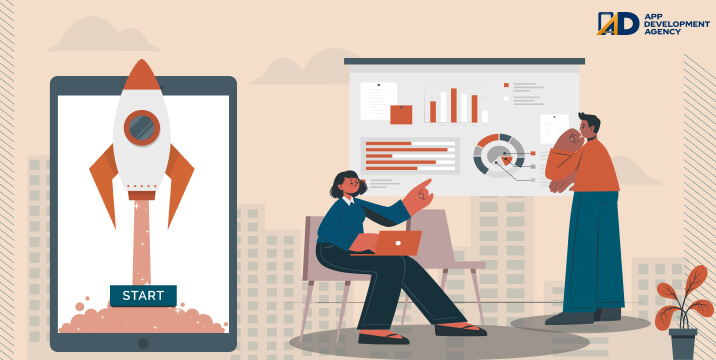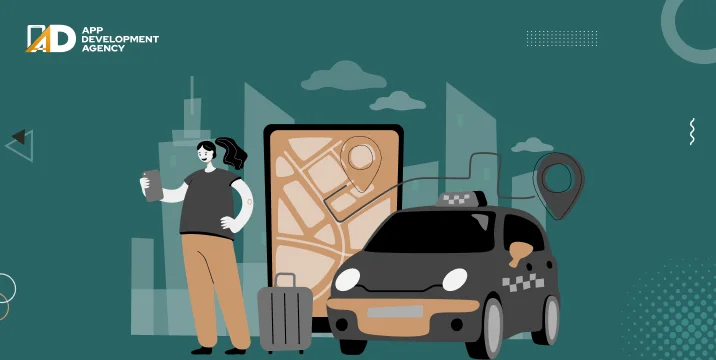Ever wonder why your insurance app still feels like it’s stuck in 2012, while your coffee machine gets smarter by the week? Maybe because it lacks the latest inputs by technologies in demand! A simple claim plays tantrums like a courtroom drama! The insurers race ahead while others cling to paper forms and fax machines.
The insurance industry will be impacted by new technologies in demand, evolving customer expectations, climate change and other emerging risks. It will also be affected by the rise of open insurance ecosystems, the integration of AI and machine learning for automation and personalized experiences, and a stronger focus on resilience and sustainability.
A company like Metromile makes use of telematics devices to track a driver’s driving habits (speed, braking patterns, etc.). It adjusts insurance premiums based on these individual driving patterns, effectively offering a personalized insurance policy based on live driving data, customizing it to the user and being cost-effective at the same time.
AI isn’t coming for insurance. It’s already unpacked, settled in, and sipping coffee at the underwriting desk. Imagine a system that doesn’t just analyze risk, but anticipates it, being built right now by top AI development companies using neural networks, computer vision, and language models.
Ever chatted with a bot that actually “got” you? Yeah, me neither until recently. Now chatbots aren’t clunky flowchart-followers, but they’re context-aware, multilingual, and empathetic.
One app development agency deployed a chatbot that not only handled over 70% of customer queries without escalation but also remembered policyholders’ past issues, preferred hospitals, and even recognized emotional cues in language.
In insurance, blockchain development companies are being used as the invisible force behind secure, tamper-proof claims and policies. (1) Smart contracts now auto-trigger claims disbursement after verifiable conditions are met (e.g., flight delays, crop failure, vehicle telemetry). (2) Fraud detection? Immutable transaction trails now catch serial offenders before they even complete the form. (3) Auditing? Forget month-long reconciliations. It’s real-time, trustless, and verifiable.
Blockchain is quite experimental and it is no longer in the experimental stage. Every industry has been using its smart contract and ledger recording technology to secure their transactions. With the help of Blockchain development companies, the insurance sector has built live infrastructure based on transparency, security, and automation by leveraging blockchain’s ability to create secure, immutable records, automate processes through smart contracts, and eliminate intermediaries, which reduces overall cost.
What Else?
In Singapore, a family noticed a sudden spike in their electricity bill. Odd. Their insurer, partnered with an IoT startup, had installed a smart sensor on their kitchen’s power socket. It flagged a malfunctioning refrigerator running at dangerously high temperatures. The app notified both the homeowners and the insurance provider. The issue was fixed before it caused an electrical fire and the insurer gave them a discount on next year’s premium for their quick response.
Last year, Priya applied for life insurance online during her lunch break. She expected a week-long wait filled with paperwork and follow-ups. But to her surprise, the insurer’s underwriting system analyzed her digital health records, wearable data, and financial profile live and approved her within 7 minutes. No agent calls. No blood tests. Just a policy in her inbox before her coffee cooled.
If you think of IoT devices as little insurance agents in your pocket, fridge, car, and wrist, you will realize that from smart smoke detectors to wearable fitness trackers, these sensors continuously feed data to insurers, offering live risk assessments and even preemptive interventions.
A Dubai-based insurer offers discounts to customers with smart water leak sensors. Last year, a sensor caught a pipe leak before it caused ₹3 lakhs in damage. The policyholder was rewarded. The insurer avoided a massive payout. It’s powered by IoT app development companies behind the scenes.
Legacy systems slow down innovation, frustrate dev teams, and make integrations a nightmare. As soon as custom app development agencies enter, they modernize insurers’ technology stacks with (1) microservices, (2) APIs, and (3) cloud-native platforms that talk to (4) IoT sensors, (5) AI engines, and (6) blockchain nodes. The gap between legacy-locked insurers and modern counterparts has been there for some time, and for a reason.
Remember when insurance apps were just digital versions of pamphlets? But that is not the case anymore. In 2025, your mobile app is your primary engagement channel, not just a box to tick.
Consider a Case Study where a health insurer’s revamped app now includes: (1) AI symptom checkers, (2) Virtual consultation booking, (3) Wearable sync for real-time coverage recommendations, (4) Location-based hospital networks, (5) Claim filing in under 2 minutes; This wasn’t magic, but a strategy that was executed by a top mobile app development company who understood both tech and empathy. Stickiness matters because a customer who uses your app weekly won’t switch to your competitor for a 2% cheaper premium.
Insurers who blindly chase trends without real alignment to customer needs will burn through budget and brand equity fast. But for those asking the right questions and partnering with the right AI development services, blockchain firms, IoT app experts, and enterprise app agencies, the next few years aren’t just an upgrade.
Here is a list of technologies that I found useful, will enhance the current state of insurance sector in coming years: (1) Digital transformation, (2) Risk Assessment, (3) Data Analytics and Predictive Modeling, (4) Underwriting, (5) Fraud Detection, (6) Telematics, (7) Smart Home Devices, (8) Claims Processing, (9) Customer Service, (10) Blockchain technology, (11) Cybersecurity Measures, (12) Data Protection, (13) technologies used within IoT app development companies.
We are half way through 2025, and 2026 is peeking from the corner. More or less the emerging technologies like AI, Blockchain, Cost optimization via Cloud computing will remain pretty much the same, and they will help in improving risk management, reduce cost, improve timestamp, and offer personalized services. Any regulations will continue to play a key role.
By 2030, insurance might be something you don’t even “buy” anymore. Could it simply happen, instantly, based on who you are, what you do, and how your devices report it? Policies issued in seconds. Claims triggered by smart contracts. Quotes tailored by AI, not agents. Underwriting becomes a quiet background algorithm, not a 30-page questionnaire. Is this the end of insurance as we know it? Not quite. But it’s certainly the end of insurance that waits. And the beginning of insurance that knows.
If you’re a stakeholder in insurance, CXO, investor, IT lead, or innovation head, it’s time to stop watching and start building. Partner with AI development companies or a laser-focused app development agency, and the right allies will help you do more than keep up. They’ll help you lead.

Construction management software plans, schedules, creates budget, and monitor (1) Residential buildings, (2) Commercial structures, (3) Public buildings: (hospitals, schools), (4) Infrastructure projects: (bridges, airports), (5) Large-scale industrial facilities by centralizing data, streamlining workflows, and improving communication among stakeholders, ultimately leading to increased efficiency, better cost control, reduced errors, and more informed decision-making throughout a …
Continue reading “What is the Cost Price of Making a Construction Management App?”
Read More
Are you one of those who use ten tools to complete one task – switching from email to CRM to Project Management to Google Worksheet? You might simply require one enterprise solution! Back in 2019, in a mid-sized logistics firm, everything ran on spreadsheets and emails. It was fine until there were missed updates, clashing …
Continue reading “Why Are Enterprise App Development Companies Working So Hard?”
Read More
Is the ridesharing industry saturated now? No doubt there are already a lot of best ridesharing apps globally. However, as per Statista, the leading research site, the ridesharing market is expected to grow at 22.13% annually and reach $226 billion dollars by 2028. The numbers are crazy, and to further prove our point – Arro, …
Continue reading “14 Best RideShare Apps in 2025”
Read More